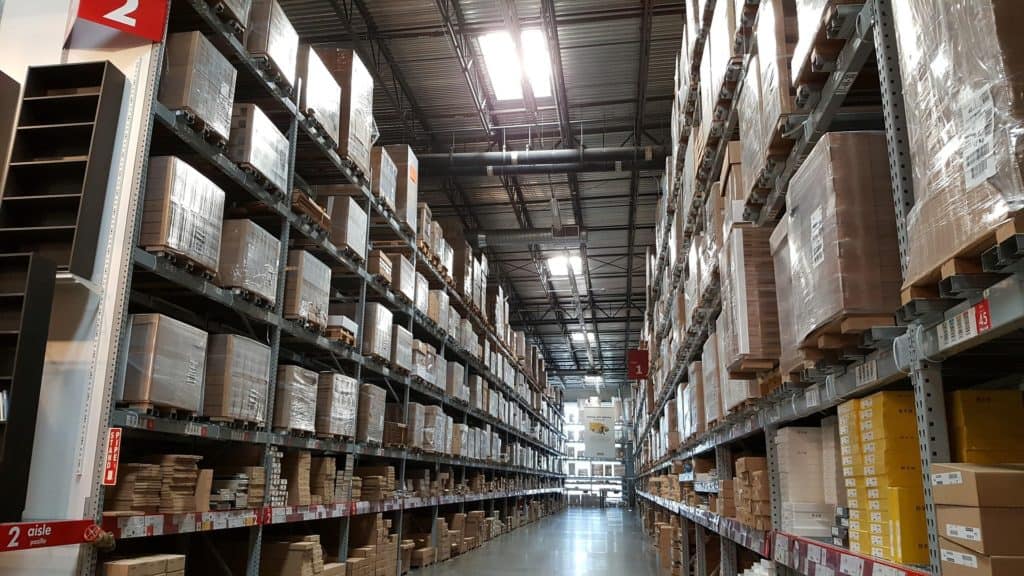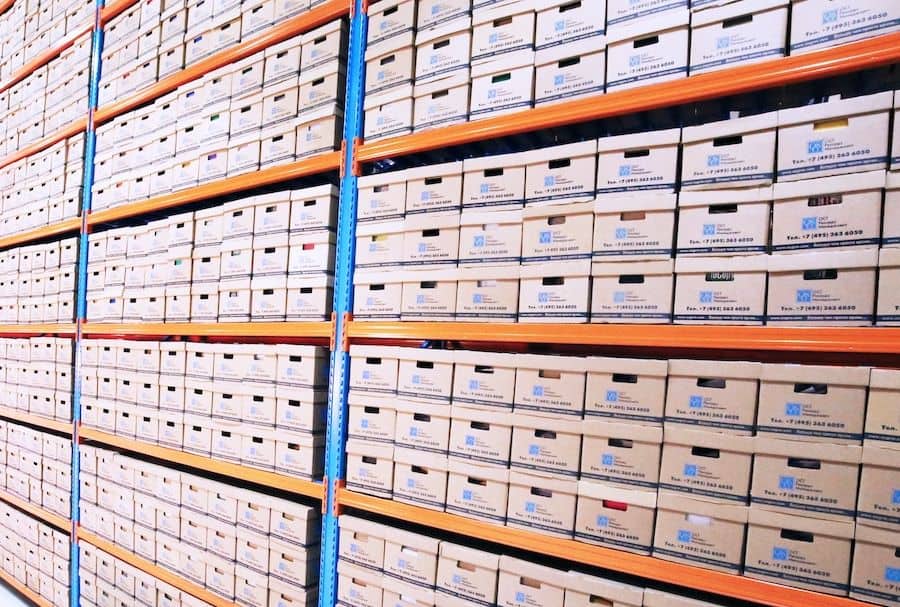In a business environment where competitiveness is often based on internal efficiency, the organisation of storage space is becoming a determining factor. Whether it’s a logistics warehouse, a workshop, a shop or even an archive room, optimising every square metre has a direct impact on productivity, safety and costs.
The sinews of war arespace optimisation: well thought-out storage not only saves time and reduces unnecessary journeys, it also makes handling safer and improves stock rotation.
Why organising your storage space is essential
A poorly organised storage space has many negative consequences: time wasted searching for products, risk of accidents, wasted space and difficulties in keeping track of inventory. Conversely, an optimised space allows you to :
- Save time: every product is in its place and easy to locate.
- Increase productivity: fewer unnecessary journeys, more efficient order preparation.
- Improving safety: limiting the risks associated with handling heavy or poorly positioned loads.
- Reduce costs: making better use of space avoids premature investment in extensions or additional rentals.

The golden rules for efficient storage
To achieve functional and durable storage, certain good practices are essential:
- Group similar products together to simplify searches and make it easier to prepare orders.
- Takeinto account stock rotation (FIFO or LIFO methods) so that products in high demand are always within reach and losses are avoided.
- Adapt storage to weight: always position heavy loads on lower levels to ensure safety and reduce handling effort.
- Optimise the quantity in each area by avoiding empty spaces or overloading, which complicates access and increases the risk of accidents.
Adapting furniture to the type of product
Once these principles have been established, the choice of storage furniture should be based on the characteristics of the products. Standard-shaped products can be stored on pallet racking, shelving or gondolas. On the other hand, for products with more specific shapes, sizes and natures, adapted solutions such as cantilever racks for long loads, beaker bins for small parts, or retention tanks for liquids will be required.
Each solution has its own advantages and limitations. For heavy loads, pallet racking remains the benchmark. For small items and quick access, shelving is ideal.
Pallet racking: the robust, versatile solution
Features and benefits
Pallet racking is a metal structure designed to accommodate pallets loaded with goods. It is a versatile system that is widely used in logistics warehouses.
Its main advantages are :
- Ability to withstand very heavy loads.
- Compatible with all types of handling equipment.
- Adaptable to all types of rotation (fast, slow, seasonal).
- Efficient use of height to maximise storage capacity.
- Simple installation and relatively low cost compared with other automated systems.
Points to consider
To make full use of pallet racking, you need :
- Provide aisles adapted to the width and turning radius of forklift trucks or stackers.
- To ensure safety, observe the load limits specified by the manufacturer.
- Optimising the layout to limit machine movements and reduce handling times.

Shelving: flexibility for small and medium loads
Features
Shelves are smaller storage structures than pallet racks, with shelves or rails for manual access to products. They can be made of wood, metal or plastic as required.
They are ideal for :
- Spare parts and small supplies.
- Documents and archives.
- Shop and office items.
Benefits
- Quick, direct access to products, without the need for handling equipment.
- Simple organisation by category, reference or code.
- Versatile use: offices, workshops, retail outlets, archives.
- Suitable for picking operations and manual order preparation.
Combining systems for optimum storage
In many cases, the best solution is to combine pallet racking and shelving:
- Racking handles large quantities and heavy loads, stored at height and handled by machinery.
- Shelves provide local storage for fast-moving items or items requiring frequent and rapid access.
This mix allows each cubic metre to be used to its full potential, while guaranteeing smooth traffic flow and safe handling.
As you will have realised, an optimised storage space is not just a question of available surface area, but above all a question of organisation and the right equipment. EcoCube can advise and support you in your layout project to find you the best solution, whether new or second-hand.

